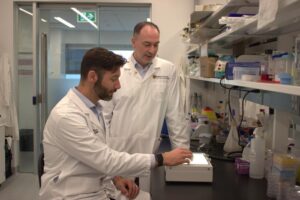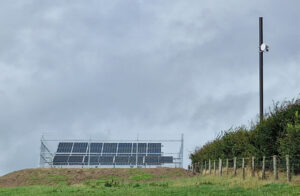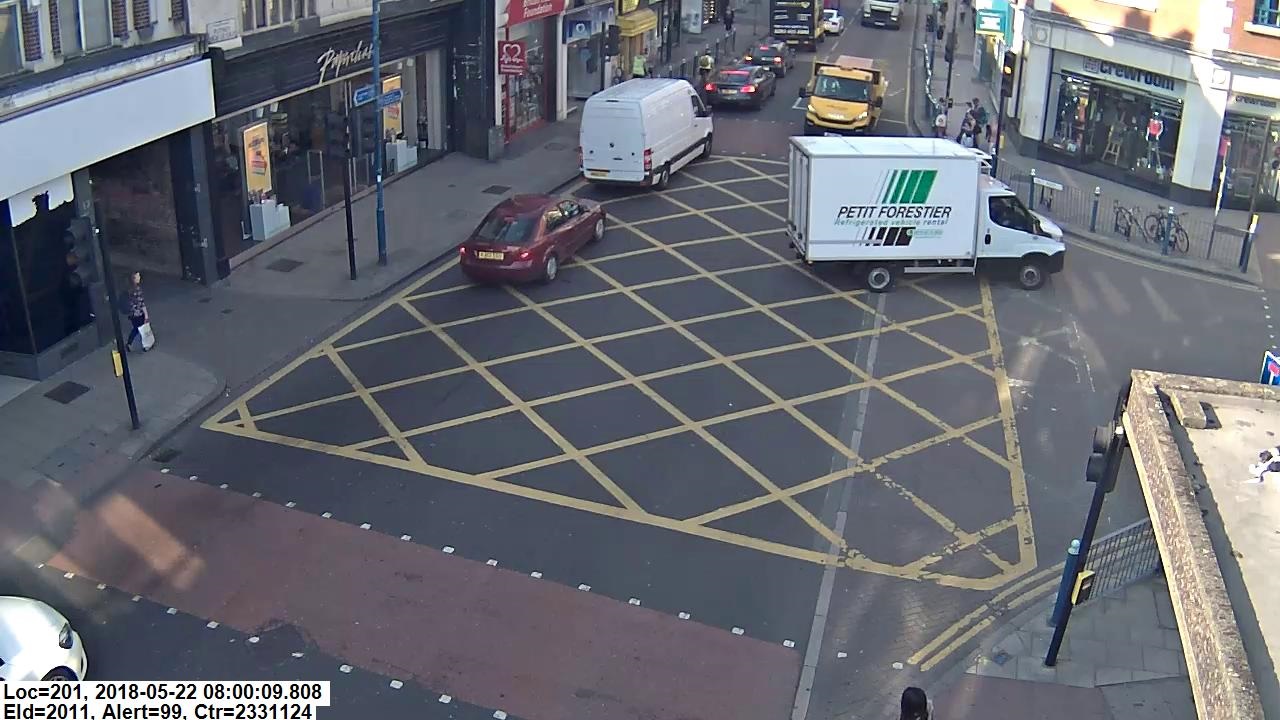The impact of COVID-19 on clean air zones and civil traffic enforcement
The COVID-19 pandemic has brought into sharp focus the impact that reduced levels of traffic can have on air pollution.
The drop in traffic in both cities and urban areas along with reduced industrial and commercial activity delivered a significant reduction in air-polluting emissions of up to 62% during the lockdown.
The bizarre images of empty city centres, roads and motorways gave an unprecedented glimpse into what can happen to the air we breathe when emissions are drastically and suddenly cut.
However, as the UK lockdown measures have relaxed and normal everyday activities resumed, traffic levels and the corresponding emissions have quickly started rising again. For example, according to a recent report from Greenpeace, whilst nitrogen dioxide and particulate pollution initially decreased in China following the initial COVID-19 response, levels of these pollutants were higher this April than they were at the same time last year as factories and other businesses reopened to make up for lost time.
In the UK, the fear over social distancing on public transport is forcing people to re-evaluate how and where they can go back to work.
Whilst there will undoubtedly be more people working from home or cycling, there will be a significant increase in the number of people deciding that driving to work in the ‘safe’ environment of their cars.
This additional traffic will not only make rush hour journeys even slower but also present major problems in terms of where will all these vehicles park? It is hard enough to find somewhere to park in ‘normal’ times so what is going to happen as demand swamps supply in the provision of parking spaces?
There are already calls for charges to be suspended in towns and car parks during this phase of the pandemic and council parking teams and their partners are likely to be stretched to the limit.
With this expected increase in traffic, it will be more important than ever to try to minimise congestion in order that public transport can remain operational and vital deliveries reach the businesses that need them.
CCTV cameras are already routinely used to enforce traffic regulations relating to box junctions, bus lanes, banned turns and restricted zones, helping to ease congestion and prevent gridlock in towns and cities.
Reducing the number of contraventions in these areas has a significant impact on reducing the build-up of traffic jams on busy routes as well as speeding up bus journey times.
It is also important to consider the impact of stationary traffic on air pollution. Exhaust fumes contain a number of harmful gasses including carbon dioxide, which is bad for the environment and contributes towards climate change, as well as a range of other harmful gasses including nitrogen dioxide, carbon monoxide and hydrocarbons which are linked to asthma and other lung diseases.
It is already an offence to sit in a vehicle leaving the engine idling. Rule 123 of The Highway Code states that ‘drivers must not leave a parked vehicle unattended with the engine running or leave a vehicle engine running unnecessarily while that vehicle is stationary on a public road.’
However, at present, it is only councils in London and Wales that have the ability to enforce moving traffic contraventions under the Transport Management Act 2004.
Prior to the COVID-19 pandemic, the government signalled its intention to extend these powers to all regions. This will be a vital step in the delivery of the government’s Clean Air Zone strategy, particularly as it has been widely reported that the police are no longer carrying out this enforcement in many areas due to budget cuts and manpower shortages.
An unfortunate side effect of the coronavirus crisis is that the planned clean air zones in cities such as Birmingham, Leeds and Oxford have been delayed.
In the case of Birmingham, the council has asked the government’s Joint Air Quality Unit to delay the launch of the zone, which was due to come into effect before the end of summer 2020, until at least the end of the year.
Similarly, Oxford has been delayed to 2021 and Leeds has been delayed until further notice. However, other planned Clean Air Zones for Bath, Bristol, Portsmouth and Manchester (TfGM) remain on track to go live in 2021.
If the full benefits of deploying clean air zones are realised, the government needs to take a more joined-up approach. The challenge appears to be in determining the level at which these issues need to be tackled and the order in which they should be fixed.
Unfortunately, successive governments have a chequered track history of project failures that have resulted in confusion regarding departmental responsibilities and increased costs.
The way that the enforcement of clean air zones, low emission zones and moving traffic contraventions are managed is a case in point.
There are three different government departments involved in parking, traffic, road safety and air pollution, all of which operate independently with no apparent sharing of data or philosophy. The siloed approach adopted by these departments has resulted in different pieces of legislation being drawn up relating to the way that CCTV cameras can be used. They include:
- Clean Air Act
- Transport Management Act
- Road User Charging Act
Surely it would have been better to have a single piece of legislation about how cameras can be used instead of the government’s COAD legislation (Certification of Approved Device) which imposes different certification requirements for the use of cameras based on the type of schemes such as CAZ, ULEZ, road user congestion charging, parking and traffic enforcement.
As well as being costly to manage, this legislation has resulted in inconsistency and confusion for both the vehicle drivers and councils that are being asked to implement these schemes.
Councils can now adopt a more holistic approach to tackling these issues by deploying multi-tasking digital video platforms, such as Videalert’s hosted solution, that not only support the monitoring and management of clean air and low emission zones, but also multiple traffic enforcement applications simultaneously.
Such platforms also enable councils to cross-correlate the impact of improved driver compliance with the improvements in air quality using the latest generation of Air Quality Monitors. These hyper-local devices use the same infrastructure deployed for CCTV enforcement cameras for real-time data capture on the level of airborne particulates, including nitrogen dioxide and carbon dioxide.
As well as showing the levels of gas and particulate matter at different times throughout the day and night, the air quality data can be combined with CCTV data to strengthen and validate the business case for the adoption of moving traffic enforcement restrictions to improve the effectiveness of clean air and low emission zones.
The massive changes in the behaviour of drivers that have taken place as a result of the current lockdown reinforces the vital role that clean air and low emission zones will have on air quality over the longer term.
The crisis will also undoubtedly cause businesses to re-assess whether a larger proportion of employees can work from home as opposed to travelling to the office which will also contribute positively to reducing air pollution.
As part of the Marston Holdings group, Videalert is at the forefront in the development of cost-effective and efficient solutions to monitor, manage and enforce these zones.
www.videalert.com or follow Videalert on LinkedIn or Twitter
This article first appeared in the July issue of the Air Quality News magazine, which you can read here.


















